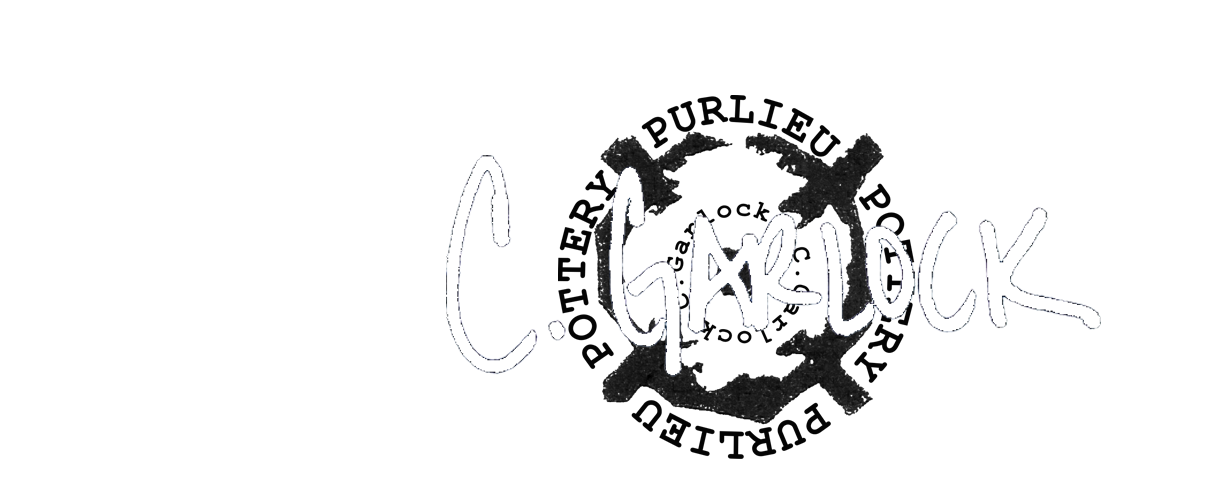Familial6 2004 / B51_53_83 2006 / Great Basin Hang-up 2006
Mixed (collagraph/gel transfer/digital/oil), 4-color etching/aquatint, photopolymer intaglio, Mixed (digital color photo printed on Epson 2200, walnut oil glazes, resin, wood)
Place, for me, is a very open-ended word. It connotes so much – a portion of space (everything in its place); A spot or a particular passage (find your place in the world); Please save a place for me; A situation or position (If I was in your place); A sequence of relationships (Ideas begin to fall into place); A region, an open space, city, town, building, room; A mental state (I’m not in a good place at the moment.)
This ambiguity in definition serves my art well. It is place that connects my various bodies of work and it is in this that I can see the patterns of thought that at first glance may seem like disparate worlds.
In 2003, I began to create montages of place. I remember comparing them to Breccia, a metaphor used by Sigmund Freud. Identity is like a “piece of breccia, composed of various fragments of rock held together by a binding medium, so that the designs that appear on it do not belong to the original rocks imbedded in it.[1]
In 2005 I wrote:
Let me add my own interpretation – the various fragments are scattered images born from our visual culture, the binding medium is memory. Through identification with movie, TV, and internet characters, we have been able to confuse our own identities; memories fuse the interpretations of daily activities with those images/actions shown in the media. Film, photography, and television allow us to fill in the gaps of our memories. We narrate events which we do not experience personally but have affected our thoughts.
This notion of time, of place has fueled my creative thoughts and art making.
In the montage pieces, I developed a way to incorporate three layers of imagery which represented overlapping memories – some along the surface, one or two subconscious, deep memories. The layers of images were constructed from collagraph plates, photopolymer prints and 4-color polyester plate lithographs. The prints were glued to matboard, with sections cut out to reveal each layer.
The complexities of places in memory have intrigued me for decades. I’m constantly questioning the perception of images, the relationship between the conscious effort of remembering and the unconscious fragments that invade recalled information. Where is it that we keep our memories. Are they in the proper place?
As a segue between the dimensional montages and “Postures and Parts” male nude series, I started working through the “Social Utterances” series which began to connect the memory of place with mapping. I think there has always been a need for me to relate place to mapping. When we map, we actively represent a place or a journey (like my “Daily Nodes” series). I have written in the past that my process of photographing, then manipulating and cutting, then reassembling components along a grid format suggested fragmentation and mapping of the body surface. When I study the male nudes series alongside the prints, I see that mapping albeit using two different scales.
The largeness of scale with the male nudes and then the layering of glazes and resin of the prints resulted in a vista of pleasure. One can argue the giganticness of these images can be associated with landscape, especially the mapping of land (the grid, and the patterns of color suggesting the sectioning off of land), yet they do not exist within nature, nor are they a continuation of the landscape.
The “Social Utterances” remind me of scrapbooking, a mapping of place and time within the construct of the feminine. The landscape is present in many, but not all. The paper, the page is the place, the physical mapping of photos from social media mixed with personal images taken by me.
Like scrapbooking, I did collage printmaking techniques: 4-color etchings, intaglio solarplates, polyester plate lithographs, and chine collé. At the time, I was so inspired by the fragmented picture-planes that were first employed by Ida Applebroog in the 1990s. What first attracted me to Applebroog’s pictorial narratives was the employment of different frames, the crafting of her compositions seduced me, wanting me to unravel their stories, playing close attention less I missed a clue. If I were to sum up Ida Applebroog’s work, I would use the phrases: Serial duplications of mass culture, repetitive patterns of life, routines, habitual deja-vu, and memory of some unbearable pain.
Now, looking back at these bodies of work, I juxtapose the “Postures and Parts” male nudes with “Social Utterances,” I can’t help but think about the association of cultural meanings assigned to the feminine and masculine. The miniature is private, domestic. I, myself have described the prints as a form of scrapbooking, placing (oh, there is that word again…place) them in the feminine world. The “Postures and Parts” in contrast are gigantic and controlled within a grid, a form of conquest and order associated with the masculine.
I have reflected on this need of mine to figure out where my own place is in this art world. How do I define myself? Can I define myself? As a friend said once, “Not being able to define you is in itself a definition.” I have found that I am strong enough to navigate through ideas that are uncomfortable, sometimes taboo. Time evolves and our own positions are in flux, too. I have learned that I can shift, change subject matter, change content and mix media as long as I hold onto PLACE.
[1] Sigmund Freud. Introductory Lectures on Psycho-Analysis, lecture 11, The Dream-Work,” in Standard Edition, vol. 15, 181-182. (Oxford English Dictionary, s.v. “breccia”: a composite rock consisting of angular fragments of stone, etc., cemented.)


